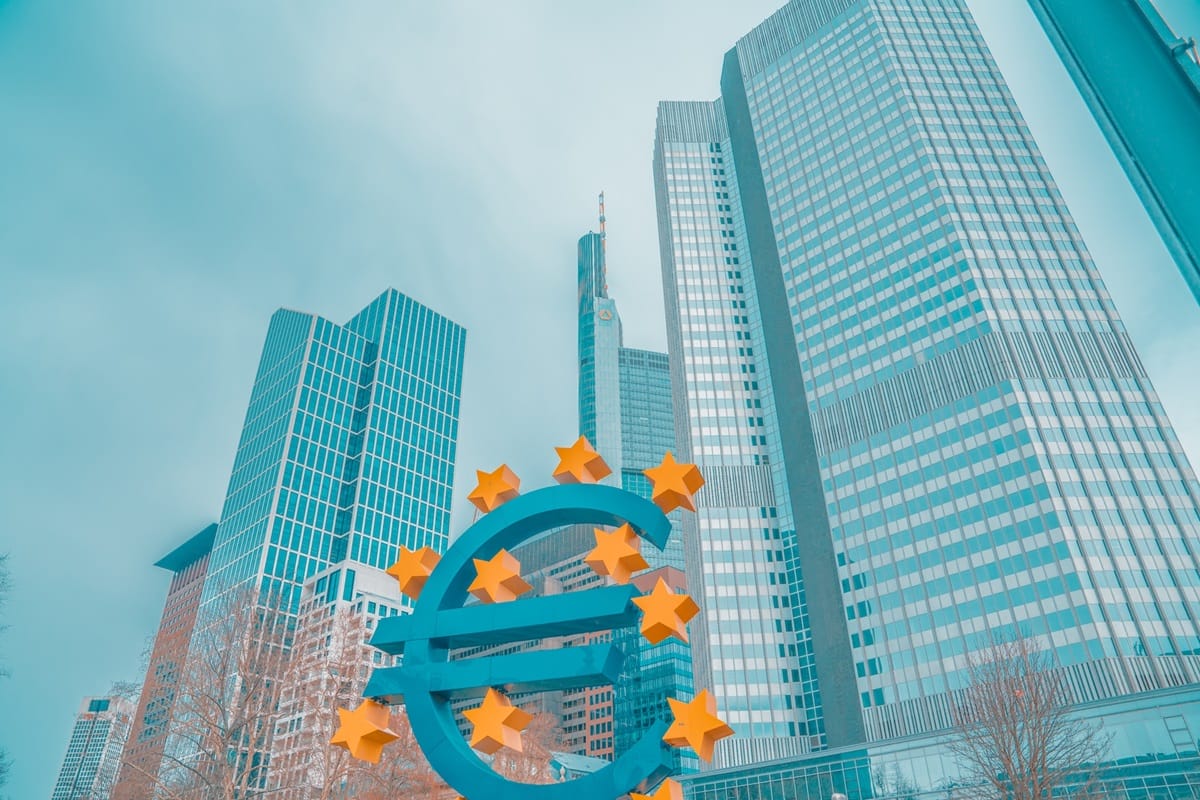In November, the dynamic of the decline in inflation in the eurozone turned out to be more intense than expected.

The specified result was recorded amid concerns about national finances. In this case, uncertainty showed growth. The corresponding sentiment is due to a sharp increase in the cost of borrowing since the creation of the single currency.
In 20 eurozone countries, consumer prices rose 2.4% year-on-year in November. The relevant information was published by the EU statistical agency Eurostat. In October, the increase in this indicator was recorded at the level of 2.9% compared to the dynamic of the growth in the cost of goods and services recorded over the same period in 2022.
The November result was better than economists’ forecasts. Experts expected that the growth in the cost of goods and services in the eurozone this month will be 2.7% year-on-year.
In November, the EU recorded a drop in the cost of energy. The increase in consumer spending on food, tobacco, and alcohol has slowed down. Against this background, there was a reason to claim that the base rate approached the 2% inflation target set by the European Central Bank (ECB). Also, the November results reinforced expectations of an early reduction in interest rates.
According to Eurostat data, this month consumer prices showed an increase in only two EU countries, among which Austria and Slovakia.
At the same time, the said region has concerns about weakening economic growth. Currently, local households and businesses are facing pressure factors such as higher interest rates, despite expectations of a change in the trend vector, and a high cost of living.
This week, the Organization for Economic Cooperation and Development published a forecast that Germany will become the developed country with the worst indicators in 2023. The German economic system, the largest in the eurozone, is on track to shrink by 0.1%. Last week, the media reported on the worsening budget crisis in this country.
Economists say that processes such as a slowdown in the dynamic of inflation and weak economic growth may be the reasons that will force the ECB to decide to lower interest rates after the most aggressive cycle of increasing this indicator since the introduction of the euro 24 years ago. The financial regulator left the key deposit rate unchanged in October. This indicator is at the level of 4%. In this case, deposits from commercial banks are meant.
On Monday, ECB President Christine Lagarde said that it is currently too early to talk about a victory over inflation. She noted that the risk of inflationary pressures remains. The ECB expects inflation to rise above 3% next year and reach the 2% target by the end of 2025. This forecast is partly based on confidence in the sustainability of wage growth.
The unemployment rate in the eurozone continues to remain stable and at the same time at a record low of 6.5%. The slowdown in economic growth in this case did not become an influence factor. The most stable situation is recorded in the labor markets of Germany, Spain and France.
Andrew Kenningham, chief economist for Europe at the consulting company Capital Economics, said that in the context of the current realities, the ECB’s statements about the absence of even thoughts about lowering interest rates are becoming increasingly untenable. According to the expert, the mentioned indicator will be revised toward decline in June 2024. Andrew Kenningham says that it will be extremely difficult for the ECB to ignore the change in the inflationary trend against the background of the expected decrease in the growth of the cost of goods and services next year.
Bert Colijn, senior eurozone economist at ING, said that for the specified financial regulator, the signs of victory over inflation are intensifying. The expert noted that some of the impacts of the current tightening of monetary policy will continue. Bert Colijn also says that the market is right in expecting lower interest rates next year.
Matthew Landon, a strategist at JPMorgan Private Bank, said there is a growing likelihood that Christine Lagarde and co will lead the developed world into the next cut cycle.
Kamil Kovar, a senior economist at Moody’s Analytics, says that against the background of an unambiguously good inflation report for the third month in a row and a decline in prices in the EU in November compared to October, it begins to seem that there will soon be claims that the growth rate of the cost of goods and services is too small, and not too high. He also said that if current trends continue, 2024 will be the year when the ECB will make a pirouette in monetary policy.
It is currently difficult to model inflation in the EU, since in this case, the driving force of the process is corporate profits, and not wages, as in the usual outbreaks of growth in the cost of goods and services.
The next ECB meeting will be held on December 14. Some experts expect the financial regulator to cut its forecasts for inflation and economic growth. These sentiments are unlikely to be justified by reality, as officials persistently say that lowering interest rates is an issue that is too early to discuss.









